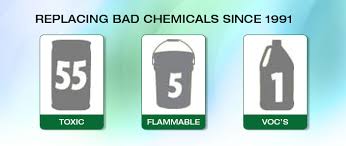Two years ago, the National Toxicology Program (NTC) and a panel of scientific experts voted unanimously to categorize 1-bromopropane (a.k.a n-propyl bromide) as “reasonably anticipated to be a human carcinogen.” No studies have measured the carcinogenic effects of it...



